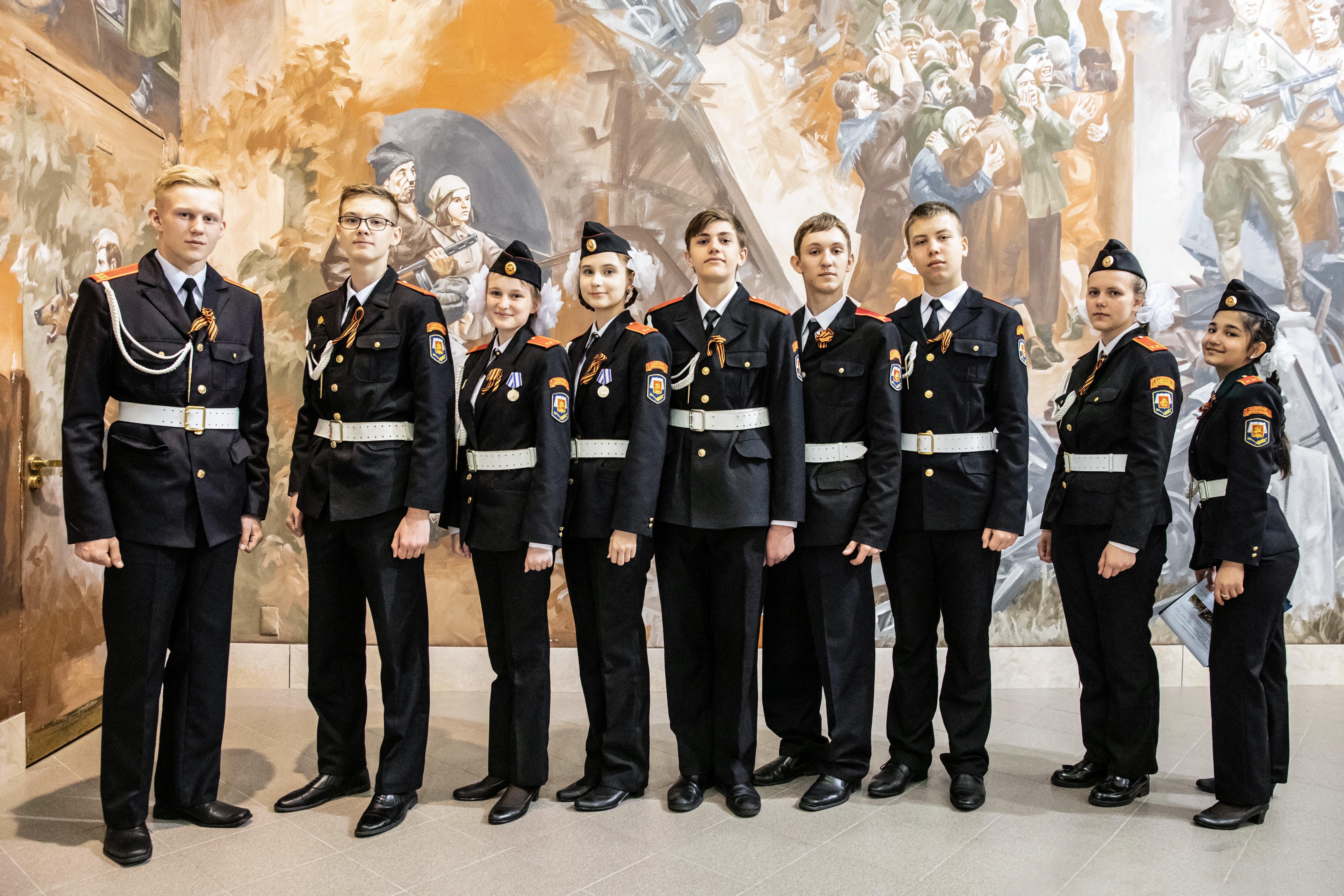
Sport lifts children’s spirits

A Swiss foundation has started a sports project to help Iranian children traumatised by the 2003 Bam earthquake regain their psychosocial equilibrium.
Organisers claim that the sport activities offered have already had a positive impact on the well-being of the young victims.
The Swiss Academy for Development (SAD) initiated the programme in the Iranian city – which was flattened by a tremor in December 2003 – to help children and young adults cope with the fallout. Last October, SAD launched its six-month pilot project.
“We are doing this to gather information on what sport can do in times of humanitarian crisis,” Niklaus Eggenberger told swissinfo.
Eggenberger, SAD’s project manager in Bam, claims that sport is not a means in itself, but a way of reaching out to children.
“We are convinced that sport and play can really have a very positive impact on the emotional, physical, psychological well-being of the participating children and youngsters,” he added.
Project
Run by the academy in cooperation with the local partner People in Need (PIN), the programme aims to bring a sense of normality to people’s lives.
“[The most important] goal is to overcome psychosocial and emotional trauma, improve physical and mental well-being and offer a leisure-time activity that is healthy, cheap and can have a positive impact,” Eggenberger explained.
Every afternoon except Thursday and Friday – the Muslim weekend – children and young adults up to the age of 29 are offered two-hour sport classes, ranging from football and volleyball, to taekwondo and table tennis.
There are currently about 350 children participating in the programme, with more signing up every day, according to Eggenberger.
Participants are free to choose the activities they want to join, but that classes are separated according to sex because of Bam’s traditional culture.
Eggenberger maintains that it is also important to keep an open structure to arouse the interest of as many children as possible.
“We should not close the structure because people need to do something, so they feel better afterwards and can channel [their] aggression or frustration,” he said.
Positive impact
He feels that so far the programme’s impact has been positive. The results of the project, which is being evaluated, should be published by next December at the very latest.
“[The] team spirit has improved; at the beginning [the atmosphere] was very hostile reflecting the hard life in the camps, but this has changed very quickly,” the project manager told swissinfo.
Eggenberger added that the children had realised that team sport such as volleyball involved more than throwing the ball over the net; but also required unity to achieve anything. They have also begun to rebuild a social network.
“[Many children who have lost family members] have made friends in these classes … and are participating not just in [sport] activities but also cooperating in daily life – doing homework or having a weekly picnic,” he said.
Eggenberger reckons that the coaches have also benefited from the project, and have managed to integrate mentally and physically handicapped children into the team, boosting self-esteem and self-confidence.
“It helps [the coaches] to have a goal in their lives and to come back and work with the children,” he added.
This project is considered particularly important for girls and young women, because unlike boys they are not allowed to roam the streets and have nothing to do except sit in their tents.
Future
According to Eggenberger, the long-term goal is to hand over the project to a local organisation that can continue without a foreign supervision.
“It is very important to invest in capacity building and empowerment of local people,” he explained.
He said that female coaches in particular had asked him to find a solution that would enable them to go on with their activities.
Eggenberger is concerned though that the project will not last long if foreign supervision or cooperation ends.
But he is convinced the Bam programme has a future, adding it could serve as a model for other regions too, because “trauma exists everywhere whether it is after a tsunami, an earthquake or during a civil war”.
swissinfo, Katalin Fekete
On December 26, 2003 an earthquake destroyed the city of Bam in Iran.
Almost 30,000 people lost their lives and many more were injured and rendered homeless.
The Swiss Academy for Development (SAD) initiated a sport project to help children and young people to regain their psychosocial balance by offering sport activities.

In compliance with the JTI standards
More: SWI swissinfo.ch certified by the Journalism Trust Initiative
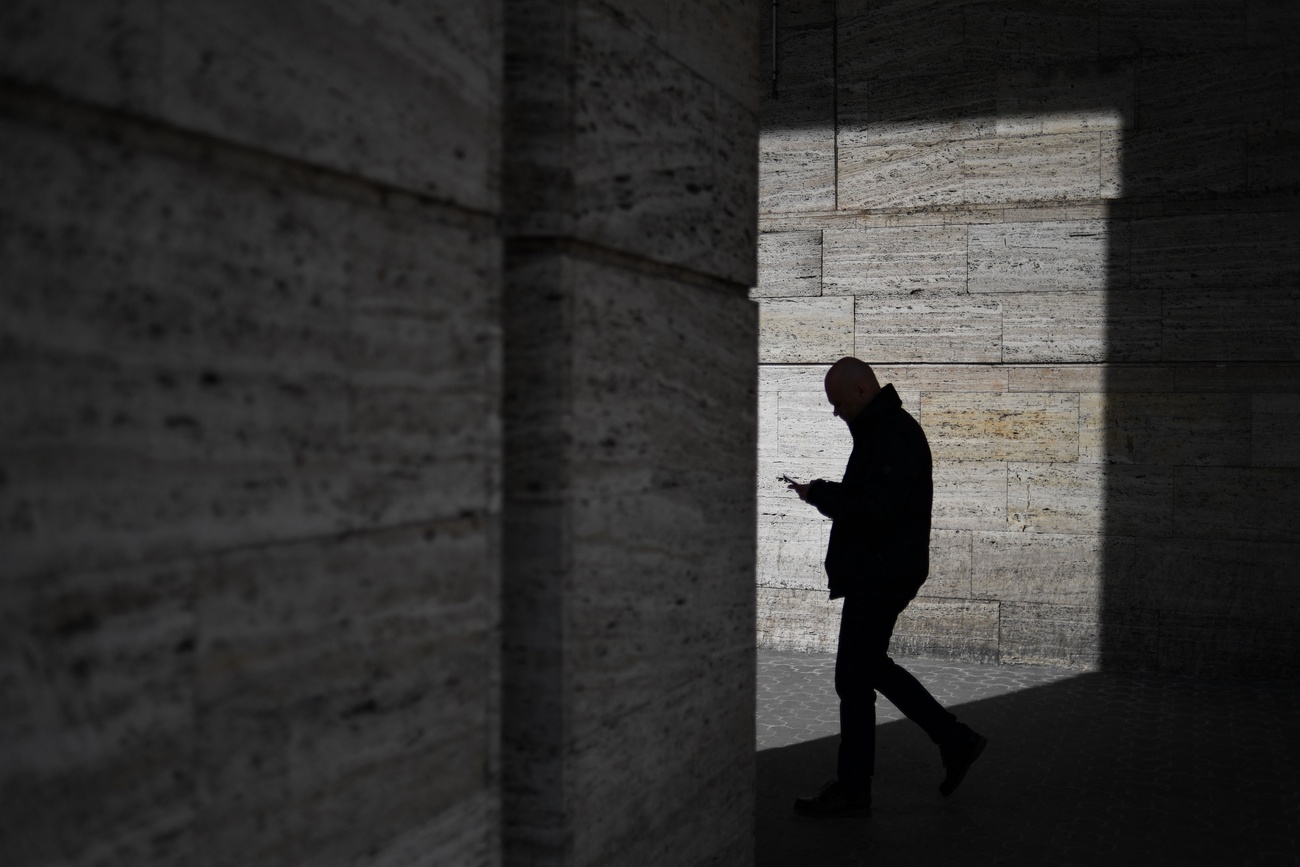


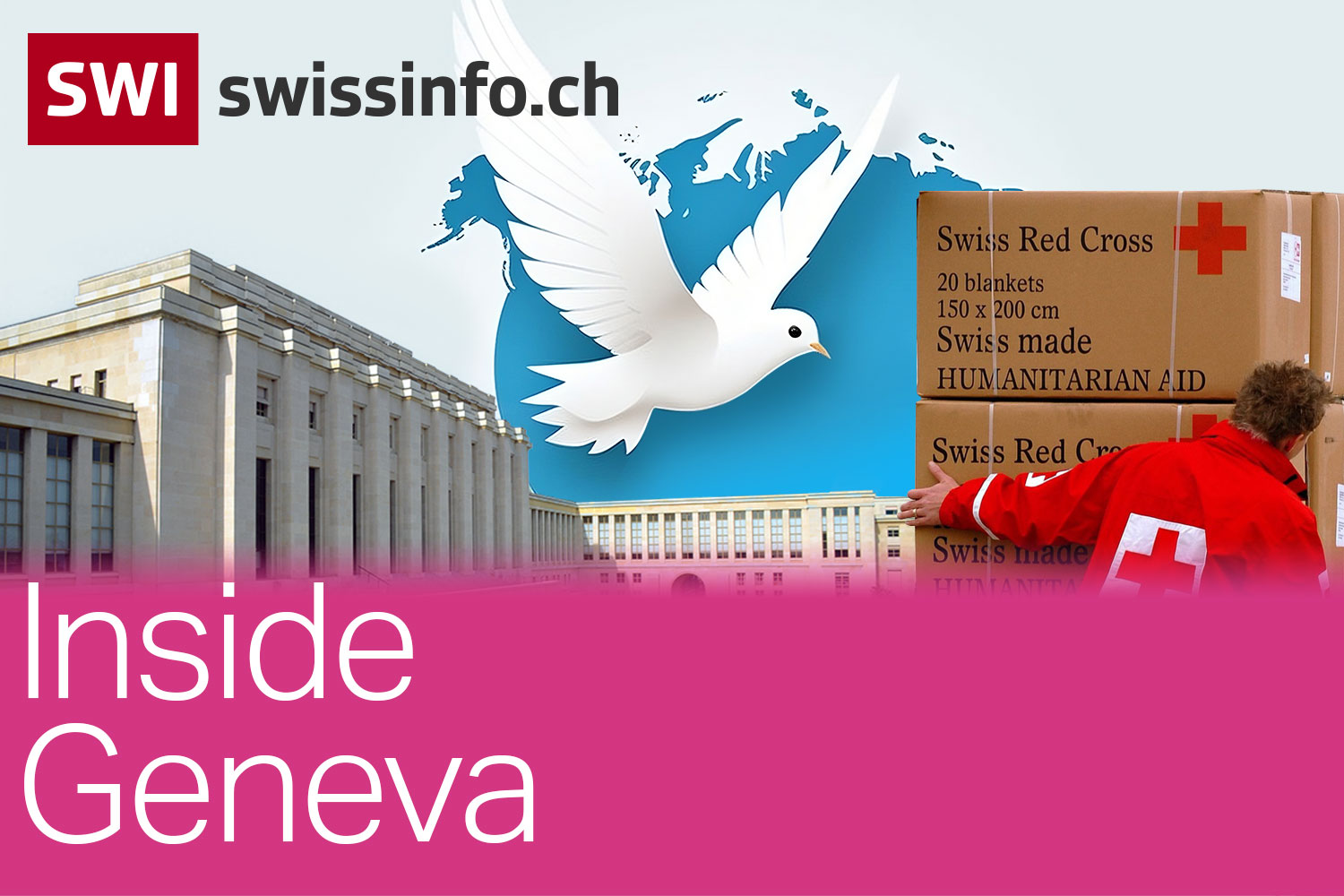




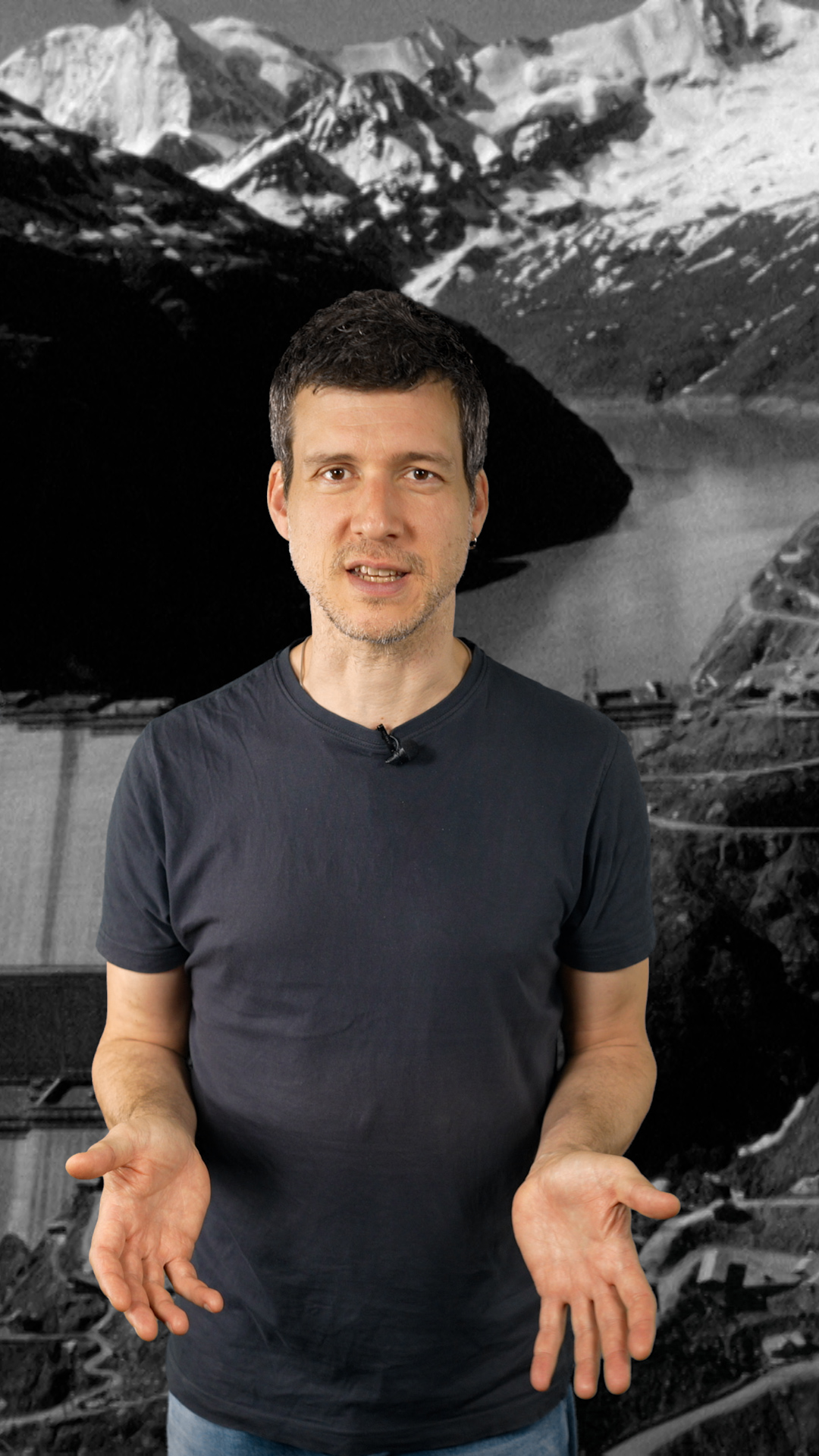




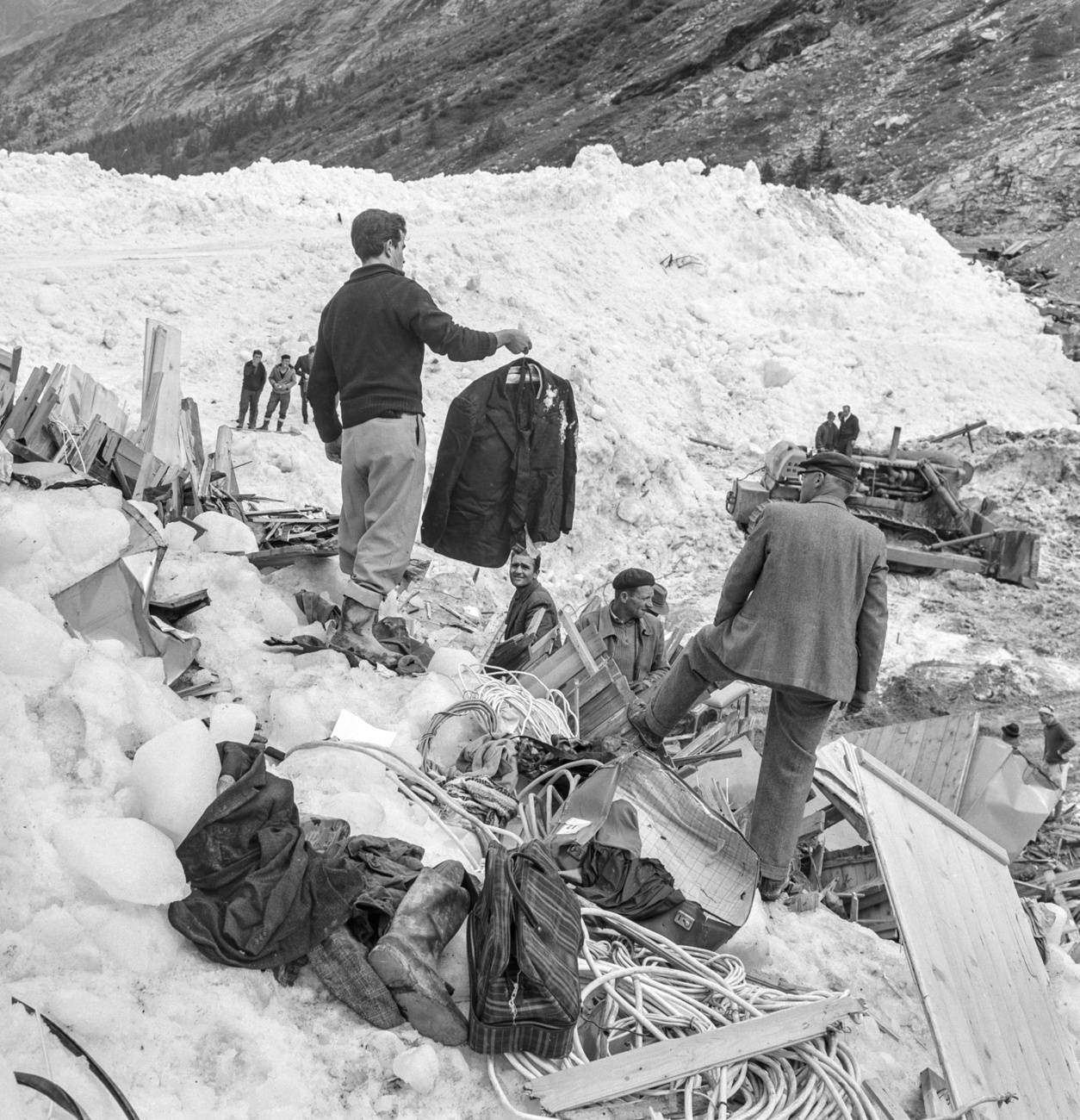


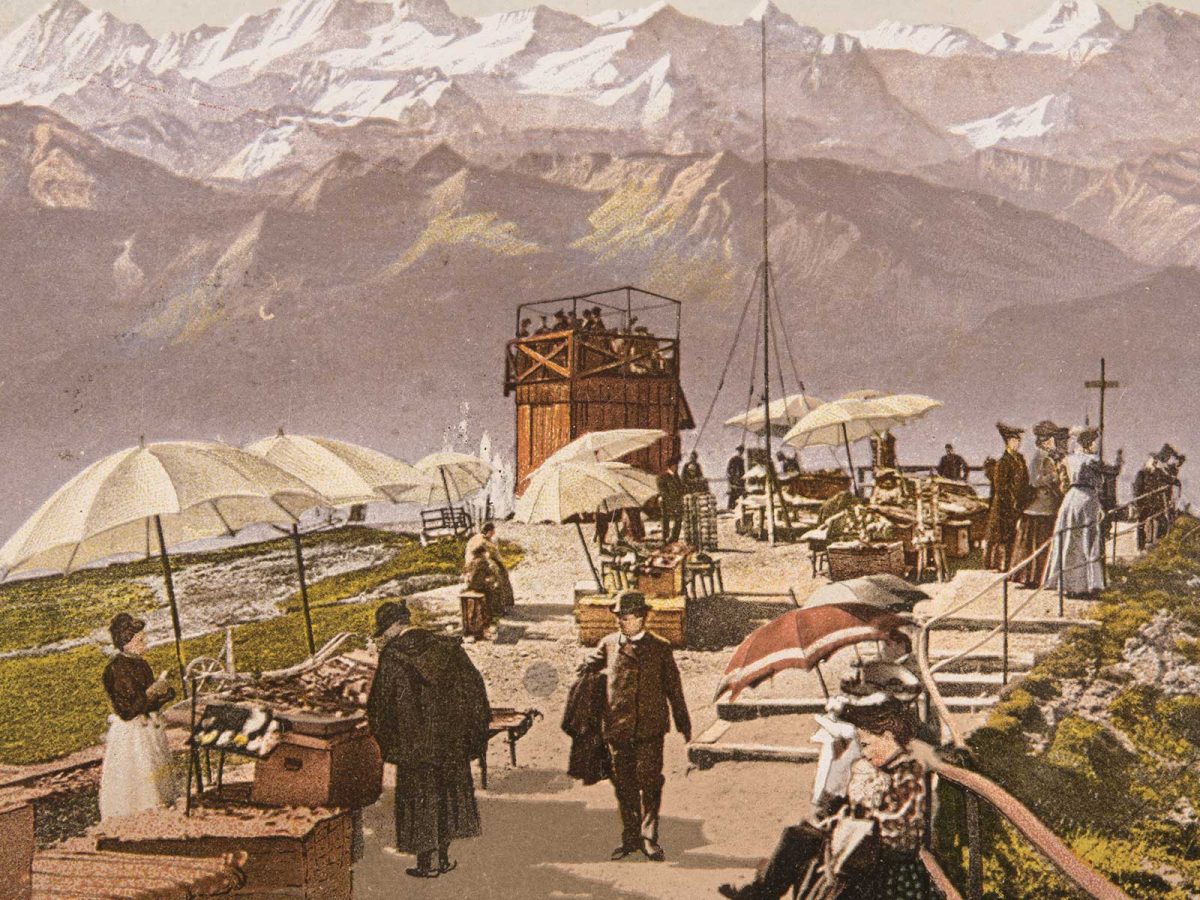






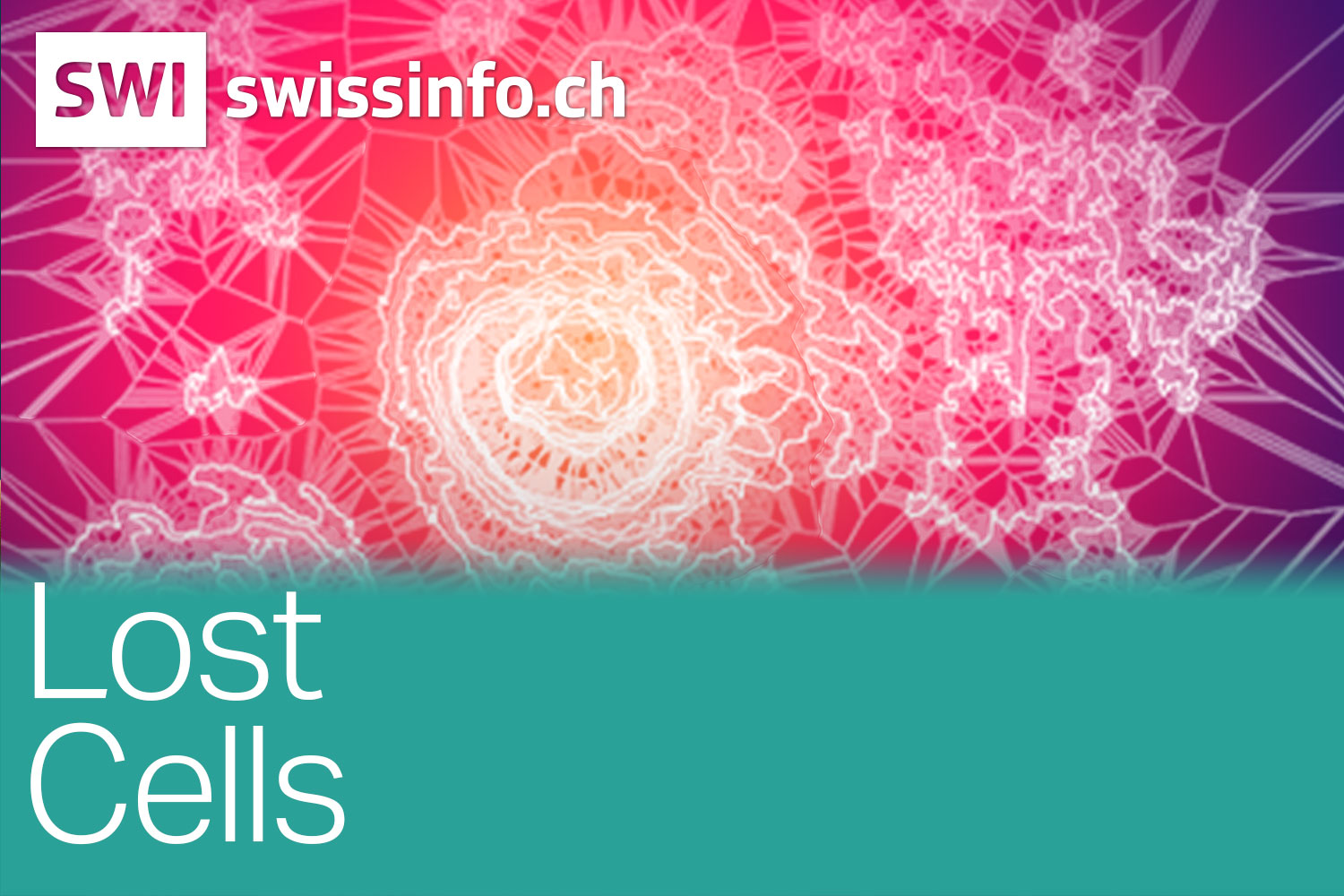

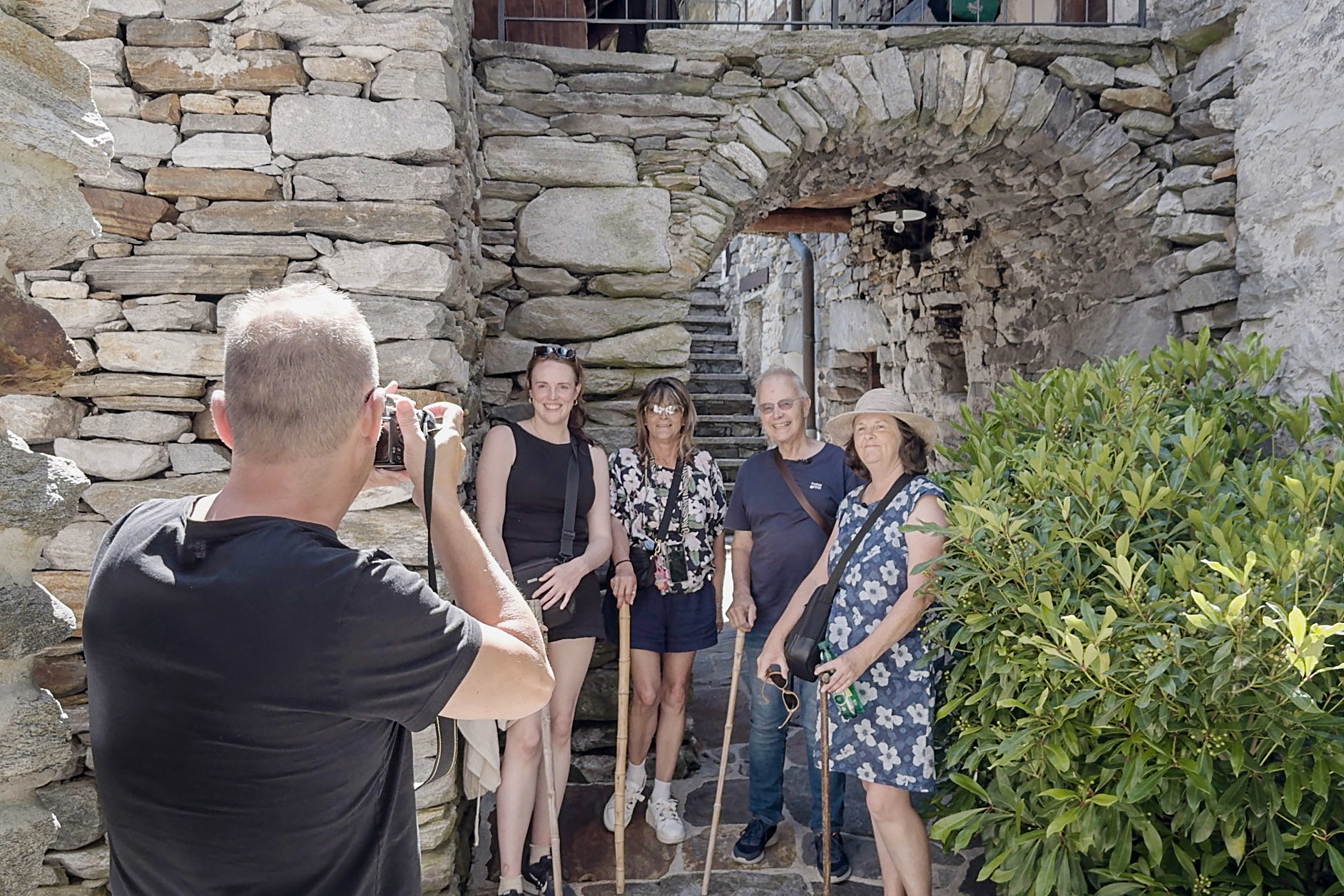







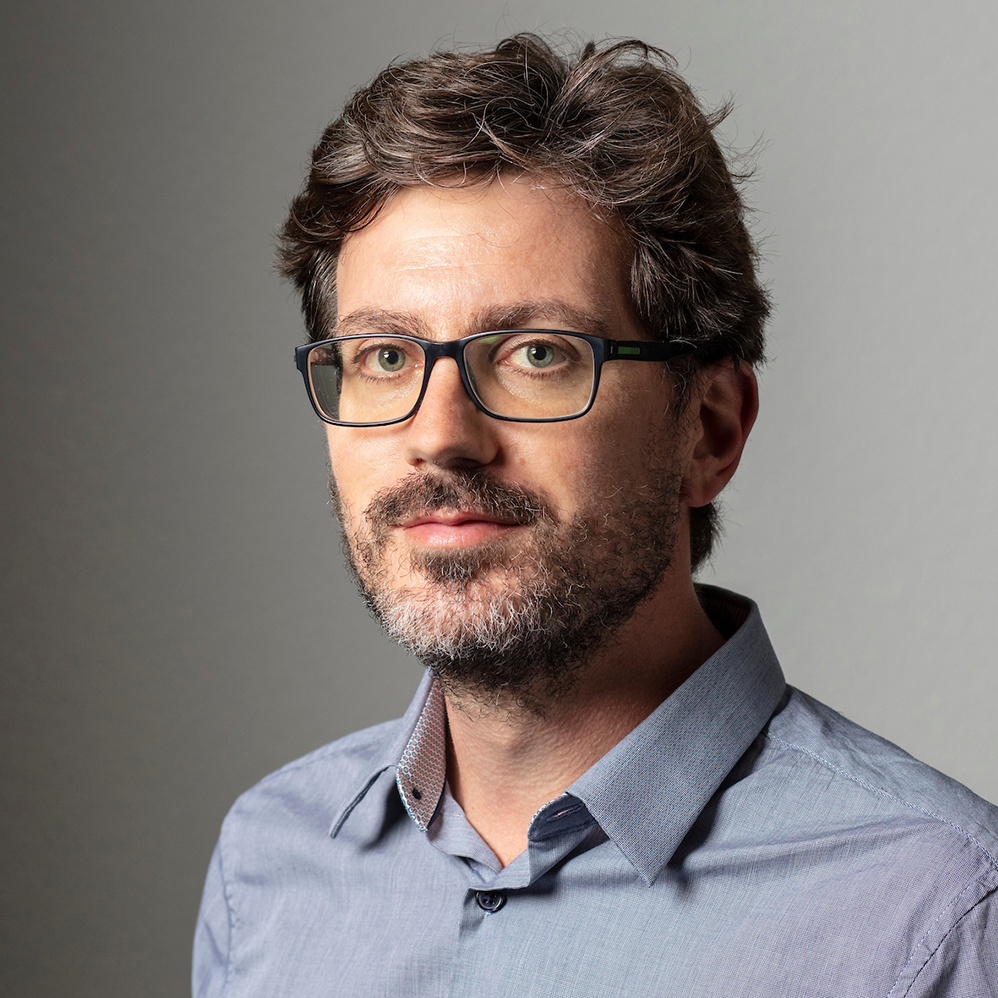



You can find an overview of ongoing debates with our journalists here . Please join us!
If you want to start a conversation about a topic raised in this article or want to report factual errors, email us at english@swissinfo.ch.